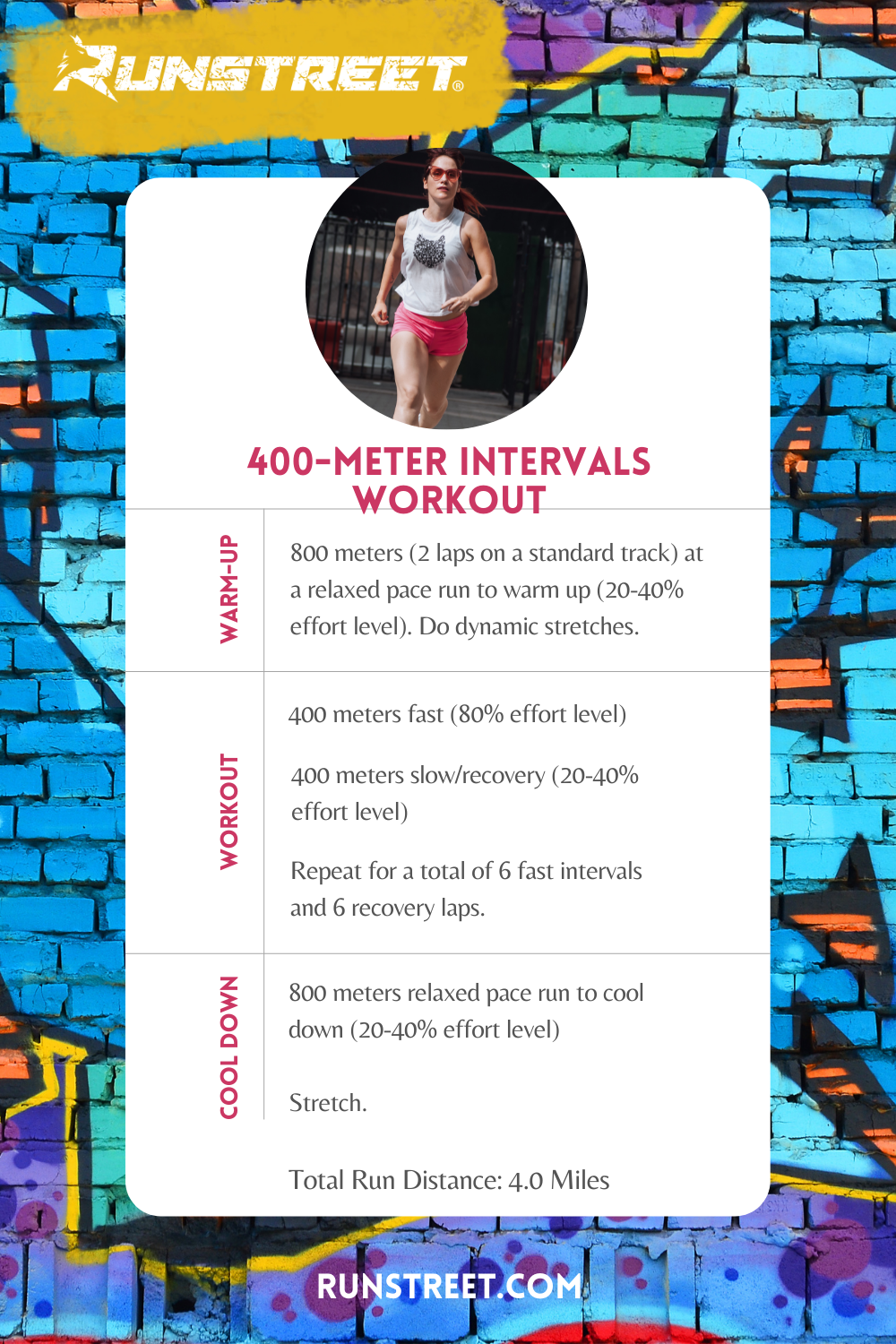The Ultimate Running Strategy Overview: Achieve Your Fitness Goals
The Ultimate Running Strategy Overview: Achieve Your Fitness Goals
Blog Article
How to stop and Handle Pain in Running: Professional Tips and Guidance
The pursuit of that runner's high can sometimes be hindered by the unwanted buddy of discomfort. There exist tested approaches and professional recommendations that can assist minimize and handle these discomforts, enabling you to focus on the pleasure of running itself.
Relevance of Correct Shoes
Proper footwear plays a vital duty in stopping and handling discomfort for joggers, as it substantially impacts their convenience, efficiency, and general foot health and wellness. When it concerns running, using the right shoes can make all the distinction. Uncomfortable or improper footwear can result in a host of concerns such as sores, shin splints, plantar fasciitis, and a lot more severe injuries like stress cracks.
Choosing the appropriate running footwear entails taking into consideration aspects such as foot type, stride mechanics, running terrain, and individual preferences. Runners with high arches might call for more cushioning and assistance, while those with flat feet could gain from stability shoes. Furthermore, comprehending pronation (the inward rolling of the foot) and supination (the outward rolling of the foot) can aid in selecting shoes that provide the right level of arch support.
Purchasing high quality running shoes that are appropriate for your individual needs can help stop pain and discomfort while boosting your running experience. Prioritizing correct footwear is not almost efficiency yet additionally about guarding your foot wellness over time.

Reliable Workout Techniques
Footwear choice is simply one element of planning for a successful run; one more essential aspect is executing effective warm-up strategies to optimize performance and decrease the danger of injury. A dynamic workout regimen prior to a run helps increase blood circulation to the muscular tissues, improves flexibility, and boosts the series of activity of the joints. Dynamic extends like leg swings, high knees, and hip circles are useful in preparing the body for the physical needs of running. Gradually enhancing the intensity of the workout workouts can assist turn on the muscular tissues and improve neuromuscular control.
In addition to vibrant stretches, integrating some light cardio exercises such as jogging or missing rope can additionally raise the heart price and heat up the body. This combination of dynamic stretching and light cardio assists loosen up limited muscles, lube the joints, and psychologically prepares the jogger for the upcoming exercise (running workout). By making warm-ups a constant part of your running regimen, you can considerably lower the threat of injuries and do at your finest throughout each run
Secret Stretching Exercises
When getting ready for a run, including essential stretching workouts is important to boost muscle mass flexibility and prevent injuries - Read More. Dynamic extends such as leg swings, high knees, and hip circles are helpful for heating up the muscular tissues and enhancing variety of activity prior to a run. These motions assist improve blood flow, loosen limited muscles, and prepare the body for the task ahead
Static stretches like calf stretches, hamstring stretches, and quadriceps stretches must adhere to a run to help in muscular tissue recovery and avoid rigidity. Holding each go for 15-30 seconds enables the muscles to loosen up and elongate, minimizing the danger of post-run pain and prospective injuries.
In addition, incorporating yoga poses like downward pet dog, pigeon posture, and spinal spins can target multiple muscle mass teams all at once, advertising general adaptability and stamina. Regular stretching regimens not only enhance performance yet likewise aid in keeping great running form and preventing overuse injuries. Keep in mind, appropriate extending techniques are critical for a safe and enjoyable running experience.
Recuperation and Relax Strategies
After finishing a run, implementing effective healing and rest methods is essential for making best use of performance and decreasing the risk of injuries. One important element of recovery is permitting the body time to rest and fix itself. Adequate rest is paramount as it is during rest that muscle mass recuperate and expand stronger. Furthermore, including day of rest right into your training schedule is important to stop overuse injuries and exhaustion.
Active recuperation techniques such as gentle stretching, foam rolling, and yoga exercise can aid improve flow, lower muscle mass pain, and boost flexibility. It is additionally useful to focus on hydration and nourishment post-run to replenish electrolytes, glycogen shops, and advertise muscle healing.
Cross-training tasks like swimming or cycling can offer a break from the repetitive influence of running while still keeping cardiovascular fitness - running strategy. Listening to your body and acknowledging when it requires a break is crucial to stop persistent injuries and ensuring lasting running success. Remember, rest is not an indication of weakness but a critical part of a well-rounded training routine
Cross-Training Conveniences

It enables you to work on various facets of fitness that might not be targeted exclusively through running, leading to a much more well balanced and well-rounded athlete. In addition, cross-training can aid boost running efficiency by addressing muscle discrepancies and weaknesses that may impede efficiency.
Final Thought
Finally, correct footwear, workout strategies, stretching exercises, recuperation techniques, and cross-training are vital parts in protecting against and managing discomfort in running. By integrating these techniques into your routine, you can minimize the danger of injury and pain while making best use of performance and pleasure of the sporting activity. Read More. Remember to pay attention to your body, prioritize remainder and recovery, and seek specialist guidance when needed to guarantee a risk-free and efficient running experience
Report this page